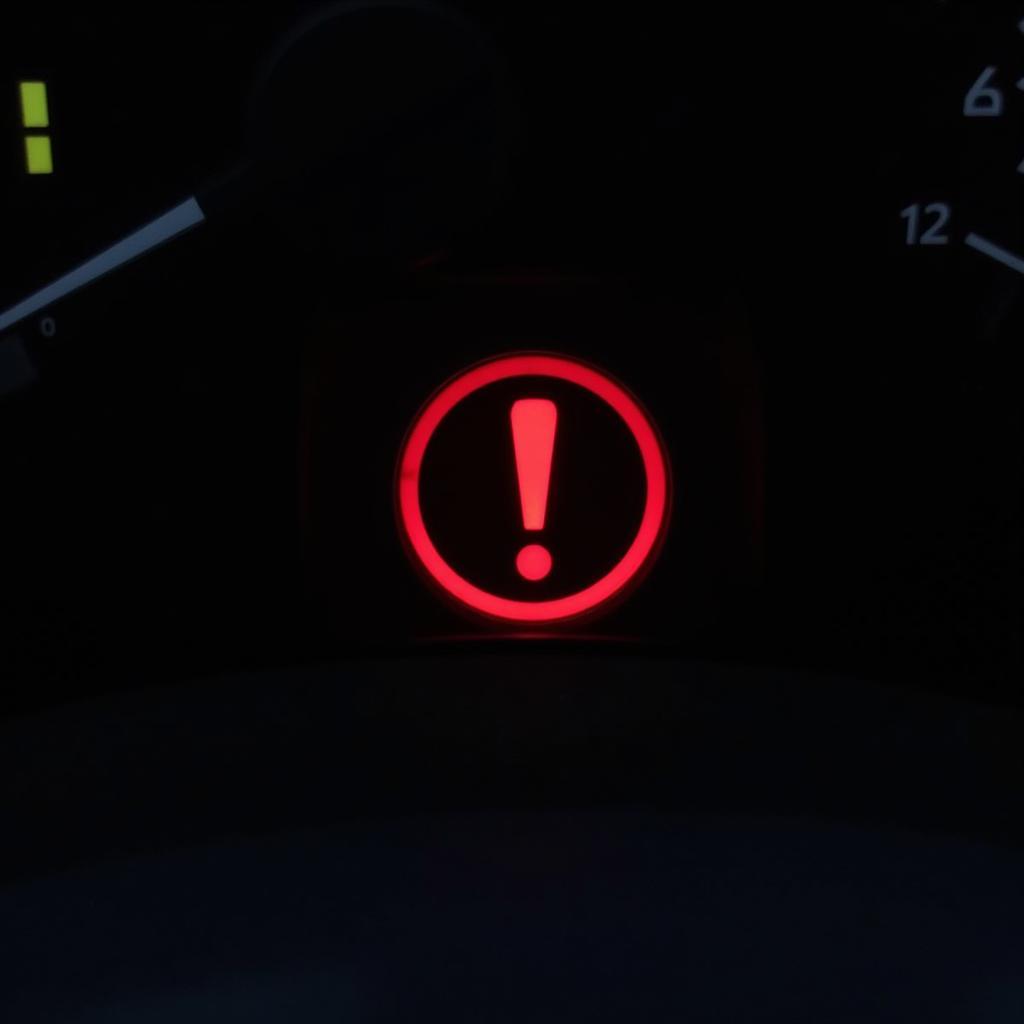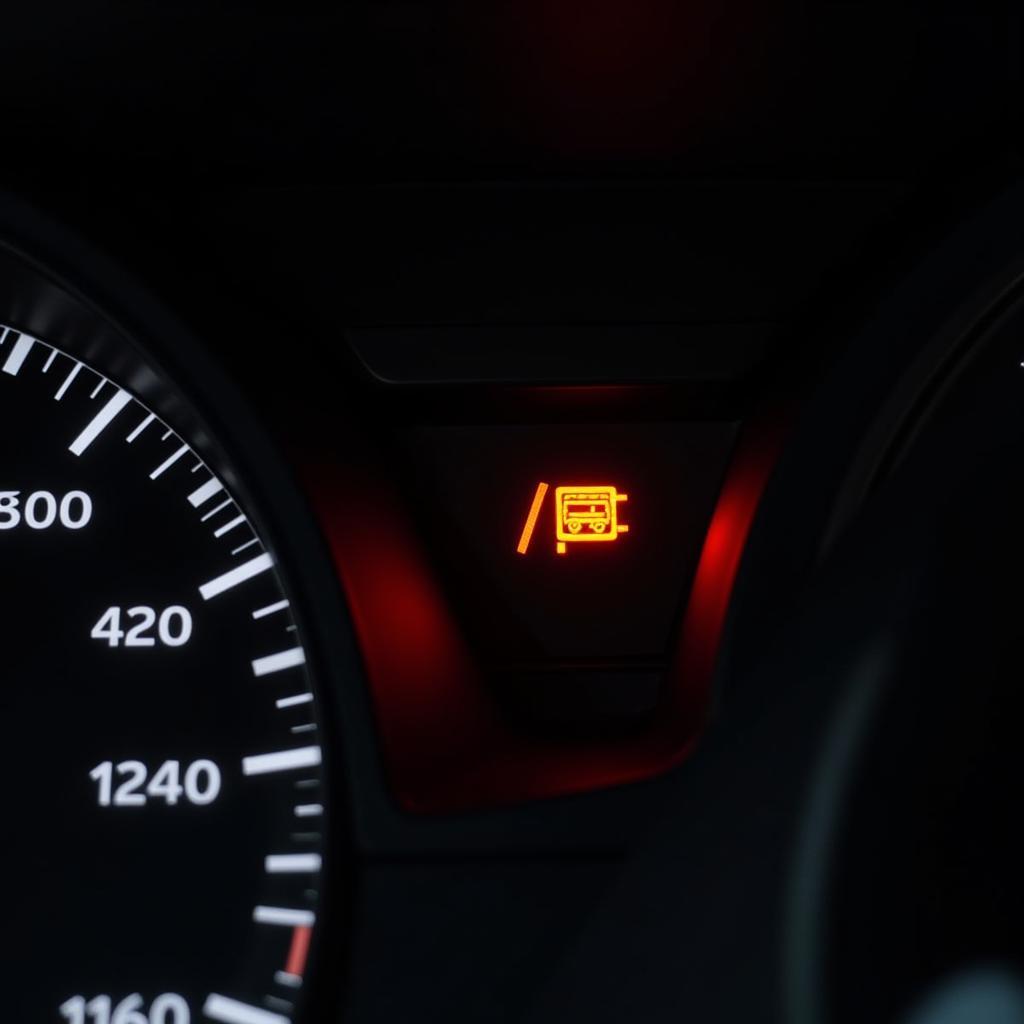Experiencing a brake system warning light on your 2017 Subaru Impreza dashboard can be a nerve-wracking experience. This warning light typically illuminates as a red exclamation mark within a circle, often accompanied by other warning lights or messages. While it can indicate a range of issues from minor to serious, understanding the potential causes and solutions can help you address the problem effectively. This comprehensive guide delves into the common reasons behind a 2017 Subaru Impreza brake system warning, outlining possible solutions and offering expert advice to ensure your safety on the road.
 2017 Subaru Impreza Brake Warning Light
2017 Subaru Impreza Brake Warning Light
Understanding Your Subaru Impreza Brake System
Before delving into the specifics of the warning light, it’s crucial to understand the basics of your Subaru Impreza’s brake system. The system is primarily composed of:
- Hydraulic System: This system uses brake fluid to transmit force from the brake pedal to the brakes at each wheel.
- Electronic Brake-force Distribution (EBD): EBD optimizes braking force to each wheel, preventing wheel locking and improving stability.
- Anti-lock Braking System (ABS): The ABS system prevents the wheels from locking up during hard braking, allowing you to maintain steering control.
Common Causes of the Brake System Warning Light
The brake system warning light on your 2017 Subaru Impreza can be triggered by several factors:
1. Low Brake Fluid Level
What it means: The most common culprit is low brake fluid, often due to worn brake pads or a leak in the hydraulic system.
Solution: Check the brake fluid level in the reservoir under the hood. If it’s low, carefully add the correct type of brake fluid as specified in your owner’s manual. If the level remains low after adding fluid, there might be a leak that requires professional attention.
2. Worn Brake Pads
What it means: Your Subaru Impreza is designed to alert you when the brake pads are nearing the end of their lifespan.
Solution: Inspect your brake pads for wear. If they appear thin or you notice a scraping sound when braking, it’s time to have them replaced by a qualified mechanic.
3. Faulty Brake Light Switch
What it means: The brake light switch activates the brake lights when you press the brake pedal. A malfunctioning switch can trigger the warning light.
Solution: A faulty brake light switch usually requires replacement. This is a relatively simple repair for a mechanic.
4. ABS Sensor Issue
What it means: The ABS system relies on sensors at each wheel. A malfunctioning sensor can disrupt the ABS and trigger the warning light.
Solution: Diagnosing a faulty ABS sensor requires specialized equipment. If you suspect an ABS sensor issue, it’s best to consult a qualified mechanic or dealership.
5. Other Potential Issues
While less common, other issues such as a faulty master cylinder, problems with the electronic parking brake, or wiring issues within the brake system can also activate the warning light.
What to Do When the Brake System Warning Light Comes On
- Don’t Panic: Stay calm and assess the situation.
- Check for Other Warning Lights: The presence of other warning lights alongside the brake system warning can provide valuable clues.
- Pull Over Safely: If possible, safely pull over to a safe location and stop the vehicle.
- Inspect Brake Fluid: Carefully check the brake fluid level. If it’s low, adding fluid might temporarily resolve the issue.
- Avoid Driving: If the light remains on, especially if accompanied by other warning lights or unusual braking behavior, avoid driving and have the vehicle towed to a trusted mechanic or dealership.
Expert Advice for Subaru 2017 Impreza Owners
“Regular maintenance is key to preventing brake system issues. Ensure you adhere to the manufacturer’s recommended brake fluid flush intervals and brake pad inspections to keep your Subaru Impreza’s braking system in optimal condition.” – John Smith, Senior Automotive Technician
Conclusion
A brake system warning light in your 2017 Subaru Impreza shouldn’t be ignored. While it could indicate a minor issue like low brake fluid, it could also point to a more serious problem requiring immediate attention. Understanding the common causes and taking appropriate action can ensure your safety and prevent further damage to your vehicle. Remember, when in doubt, it’s always best to err on the side of caution and consult a qualified mechanic.

